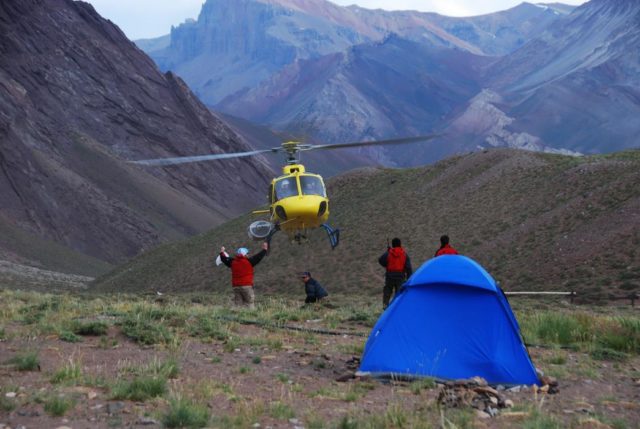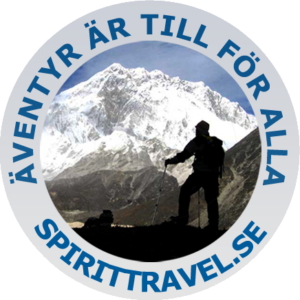To climb high mountains is not without risks. As you can read on this page and right here on the site – on the About Cho Oyu page – there is a number of people who die on the mountains each year. So, what’s it worth, to strive for all these high summits? Is it worth your life?
On April 18 this year (2014) one of history’s worst accidents occurred on Mount Everest and 16 people died in an avalanche. (Mount Everest Lavin 2014). This type of occurrence (an avalanche in this case) is impossible to eliminate. It’s unfortunately a part of the risk climbers are exposed to, trying to reach for Earth’s highest points. It is especially sad when it is the people who help others to realize their dreams, who suffer the most — in this case, the Sherpas (Sherpas Bear Everest’s Risks).
But many deaths are avoidable. With 500 meters left to the summit, or maybe after paying 20,000 dollars to be able to climb a high mountain – many people find it very difficult to abort, to cancel. It is as if the Mountain Daemon enters our senses and makes us continue towards a possible death.
So what is it worth?
It is a difficult question to deal with. When I was at Aconcagua 2009, 5 people died when I was on the mountain (See travelogue (only in Swedish) and on ABC News). 2013, 2 people died during my time on the mountain. It affected everyone who was on the mountain at the time, on these occasions, I’d say. It was actually one of the reasons for me myself cancelling my summit attempt in 2009.
Most recently, in 2013, 2 people out of my own group had to be evacuated urgently. One with pulmonary edema (HAPE) and suspected cerebral edema (HACE), and one with an unexplained heart issue. His resting heart rate suddenly rose to around 200 (both recovered completely at lower altitude).
The simple answer is that it is never worth your or someone else’s life!

So what do you do then, if you love to climb mountains? The only thing I know, is that there is no panacea. For me, it is about hedging and eliminating risk – risk management. To make sure I’m at a safe level, so that I can motivate myself to, although I have family, to do what I’m doing. That I know when it’s time to stop, to turn around, to change plans. This way I know I’ll get back again alive.
Risk management (which in itself is part of a project to get over 8 000 metres) includes a lot of aspects, but some of the most important are; (completely subjective and without any ranking)
- Manage the risks
- Have knowledge and control
- Acclimatize properly
- Know your limitations
- Having the right and adequate equipment
- Know your equipment
- Respect the weather
- Learn to read nature
- Travel in company
- Turn around in time
With this as a basis, all that remains is to experience and enjoy 🙂 and to sometimes struggle and feeling really, really shitty – but always coming down from the mountain and coming home again.
For those of you who want to read about this, there are several good and interesting books.
- Into Thin Air by Jon Krakauer is the, by far, most talked about book dealing with serious accidents on the world’s high mountains. It’s about the occurrences before, on and after the 10th och May, 1996 on Everest, when 8 people died.
- When you’ve read it, I recommend you should read The Climb by Anatoli Boukreev to get Another, slightly different approach to what happened on May 10, 1996 on Everest.
- Buried in the Sky describes the 2008 disaster on K2 that claimed 11 lives. All told from the perspective of Chirring Dorje Sherpa and Pasang Lama – a very welcome aproach to tell the story.li>













